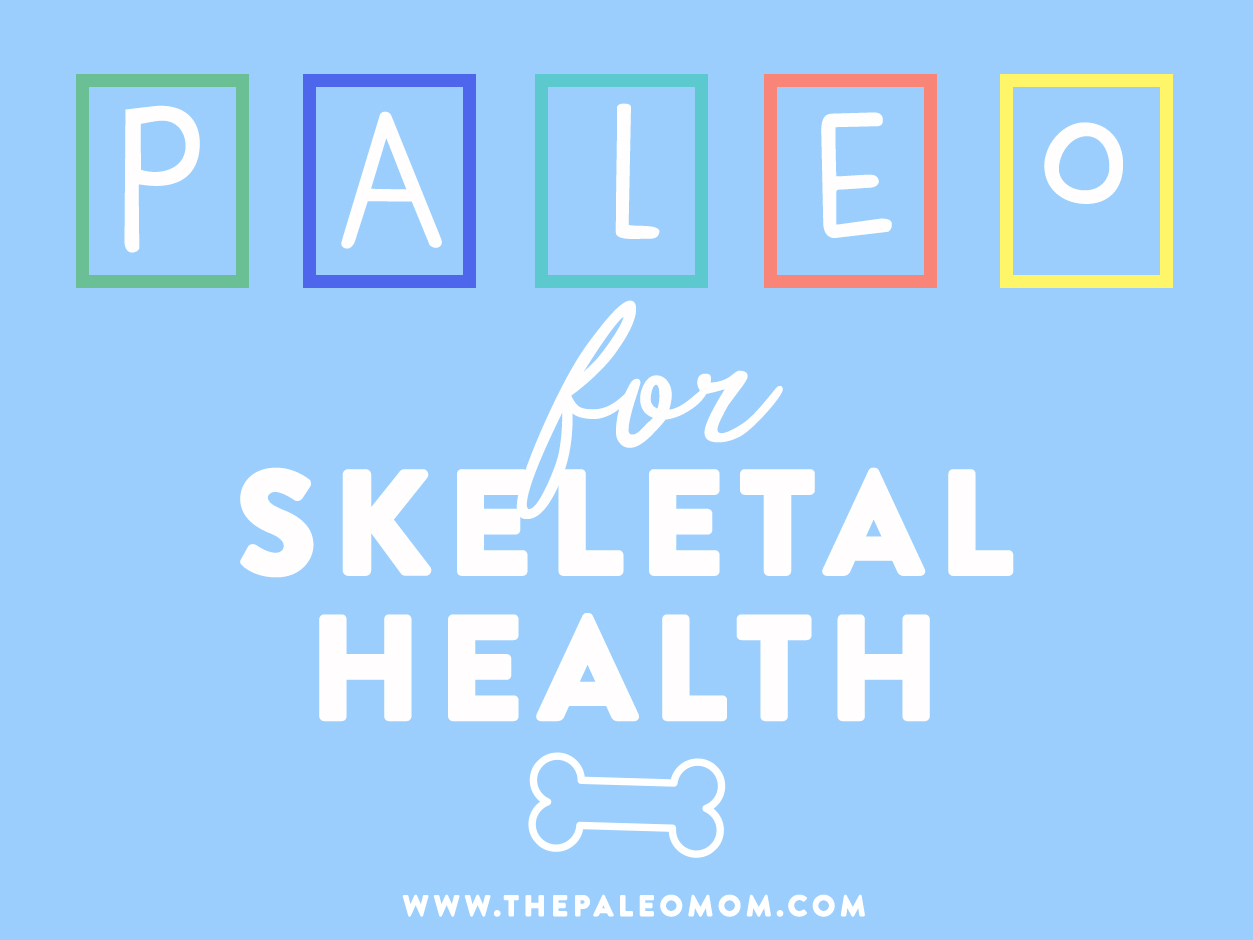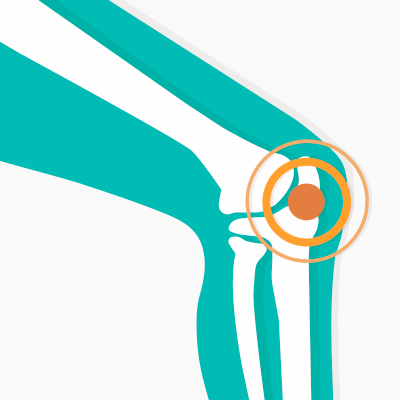Jan 21, 2016
Osteoporosis is when bone becomes more porous and thus more brittle as you age. Osteopenia is the precursor to osteoporosis, and while osteoporosis normally only occurs in elderly people, osteopenia is common among young women, too. Osteomalcia is another problem, this time due to soften bones, and is primarily due to vitamin D deficiency.
Combining all three of three problems, approximately one in two women and one in four men over the age of fifty suffer at least one broken bone as a result. That’s 50% of women and 25% of men!
Unfortunately, osteoporosis is poorly understood by conventional wisdom and the public at large. Most people think it is simply a problem of not getting enough calcium in the diet. They try to make up for this by taking calcium supplements.
But this is misguided. There is much, much more complexity that goes into how healthy bones are made. Fortunately, the paleo diet is excellent for helping us understand and nourish this complexity.
Below I list the ten most crucial insights into osteoporosis and how to prevent it.
Paleo and osteoporosis: 1. Calcium
Conventional wisdom is right that calcium is necessary for healthy bones. How much however is a question up for debate. The US governments recommends that adults get between 1000 to 1300 mg of calcium daily, though in reality only about 800 mg may truly be necessary.
Try to hit the 800 mg mark with just food every day, and that’ll go a long way toward protecting you against osteoporosis. You can also try to do so with supplements, my favorite of which is this one.
Paleo and osteoporosis 2: Magnesium
Few people know that magneisum is also crucial for healthy bones.
Adequate magnesium is essential for absorbing and storing calcium in bones. Magnesium and calcium often work hand in hand in the body, and in the bones is no exception. Any time calcium needs to get into a cell, magnesium is necessary for opening the channel in the cell membrane for it to pass through.
There are not very many foods high in magnesium in the paleo diet. Dark leafy greens may be your best bet. Nuts and legumes have decent amounts of magnesium in them. Dark chocolate is relatively high in magnesium, too. Avocadoes, bananas, and yogurt also have decent amounts of magnesium in them.
Since magnesium is so important for health and for bones, I often recommend that women take a magnesium supplement. It’s one of the very few supplements I recommend on a regular basis. For anyone who may be concerned about bone health, an excellent supplement that meets both of these needs is Osteocalm. Osteocalm which is a delicious, fizzy powder that contains bioavailable amounts of calcium and magnesium in good balance.
Paleo and osteoporosis 3: Good gut health
Having good gut health is crucial for preventing osteoporosis, because without a healthy gut, the body won’t be able to absorb the calcium, magneisum, and other important nutrients the body needs.
Unfortunately, assuring that you have a healthy gut is far more complex an issue than I can address as a small item contained within this post, though I can generally recommend that you work through any gastrointestinal symptoms you may have with a functional medicine doctor or gastroenterologist, that you regularly consume probiotic foods like kimchi, sauerkraut, kefir, or (coconut) yogurt (soooo good), that you consider taking a high quality probiotic supplement, and that you avoid potential gut irritating foods like grains and dairy.
Paleo and osteoporosis 4: Minimize anti-nutrients (no grains or legumes)
Not only do grains irritate the gut and potentially cause leaky gut issues, but they also contain high amounts of anti-nutrients.
Anti-nutrients are molecules that are found in high quantities in grains (though also in fairly high quantities in legumes and nuts, and even in some vegetables), that bind with regular nutrients in the gut. Phytonutrients are too big to pass through the intenstinal wall into the bloodstream, so they get excreted out of the colon, and take the good nutrients with them.
A diet based on grains, legumes, and other high Anti-nutrient foods may be a serious health concern, since so many nutrients are flushed right out of the gut. To keep your nutrient absorption rates high and help protect your bones, you may wish to minimize your consumption of Anti-nutrient-heavy foods.











